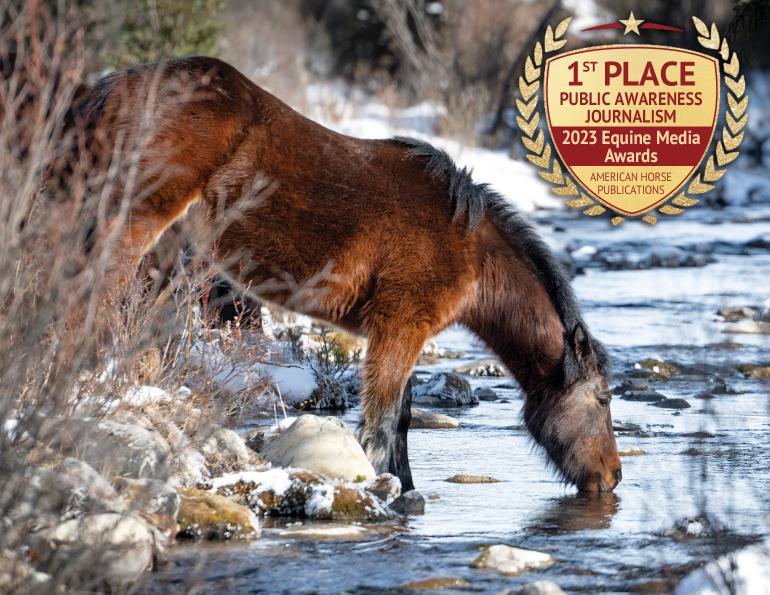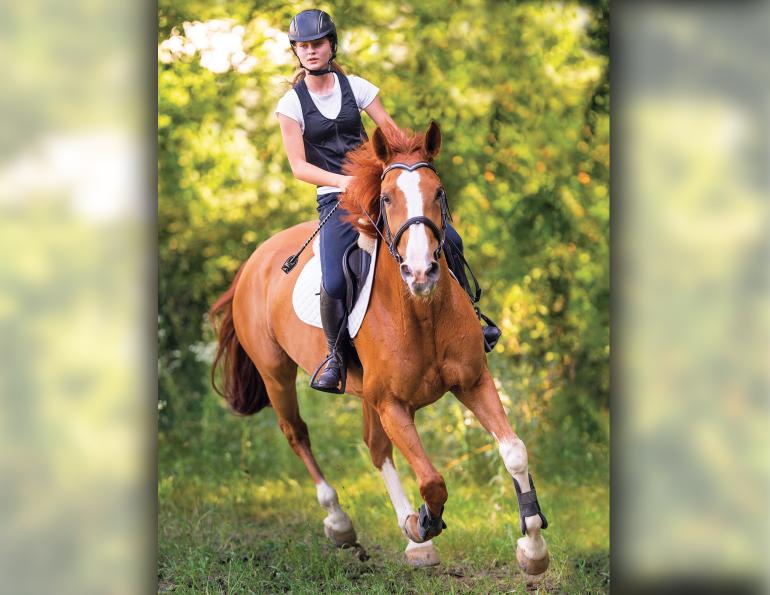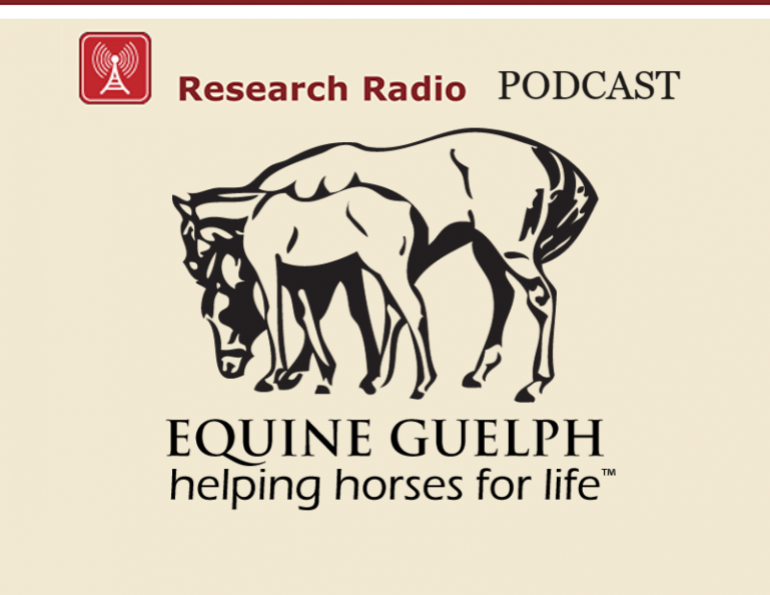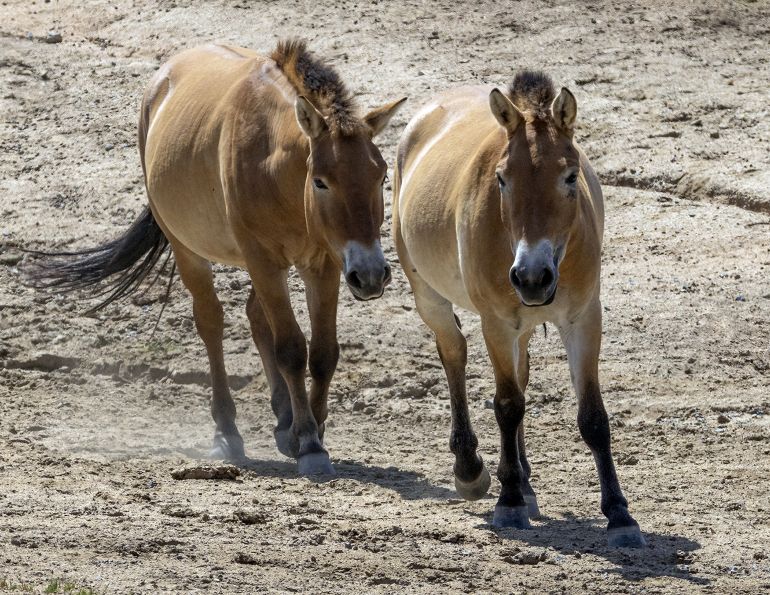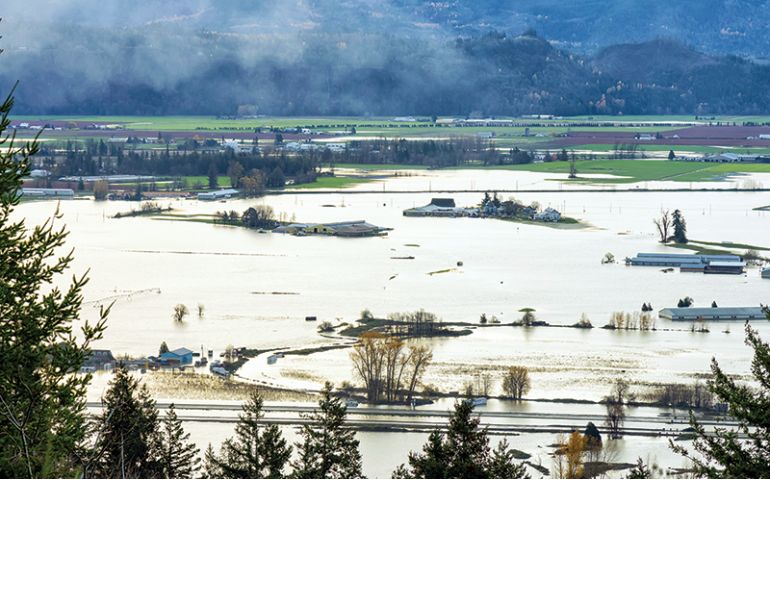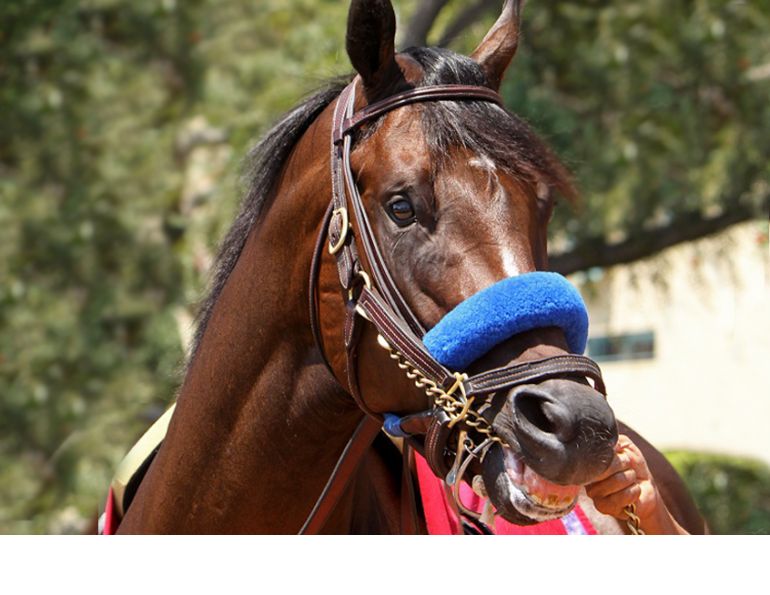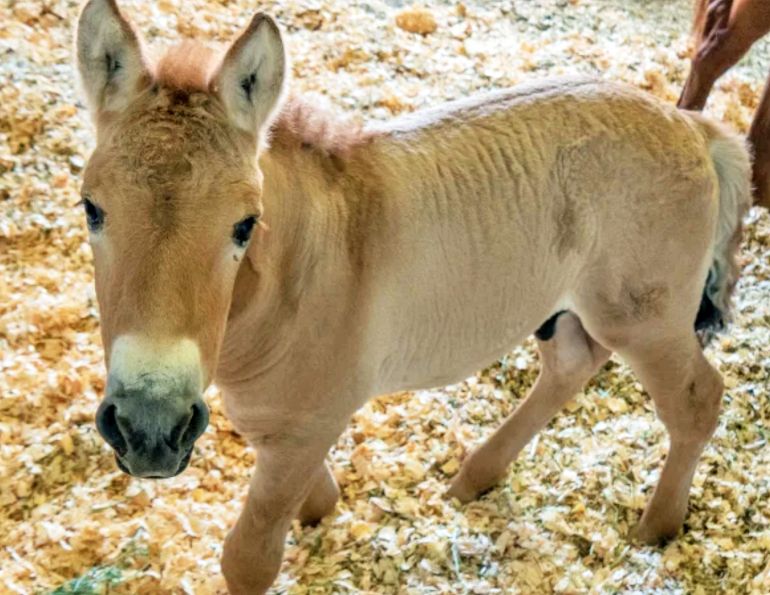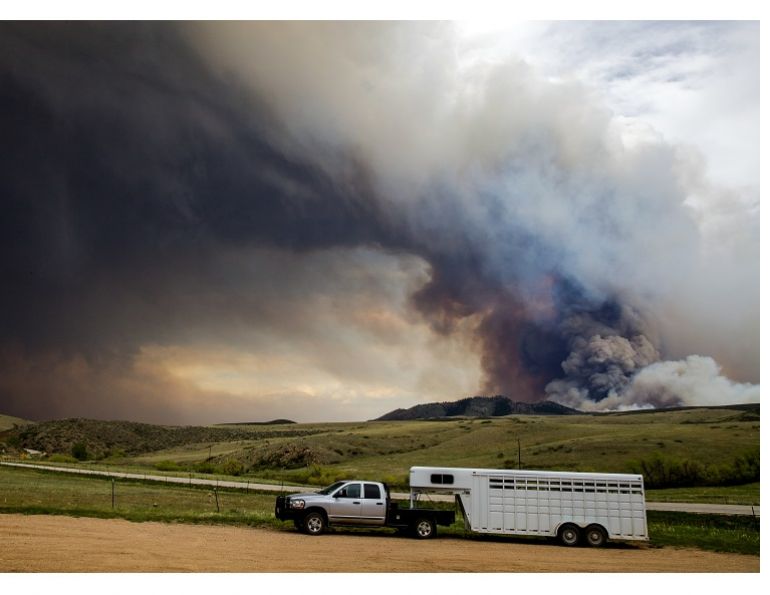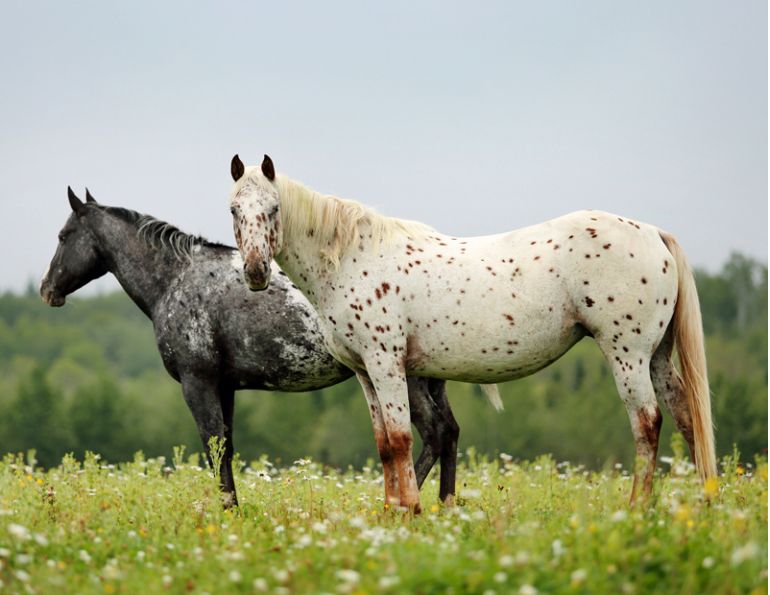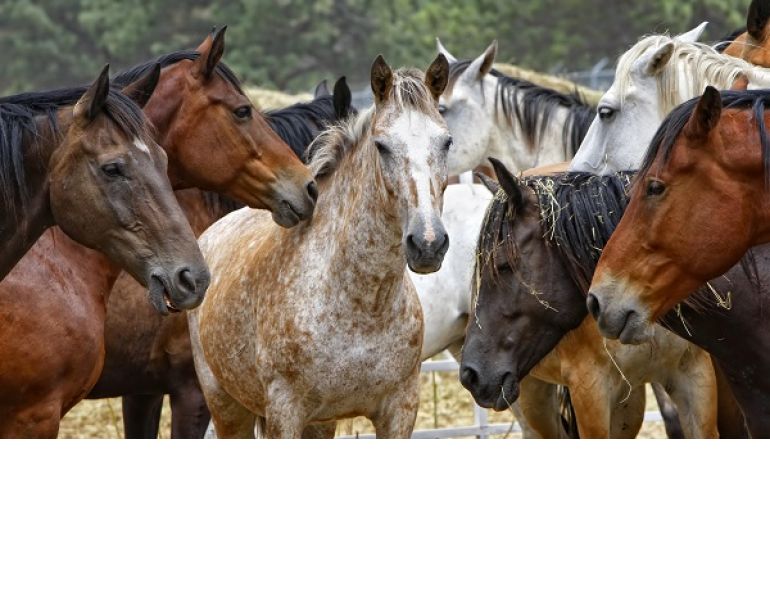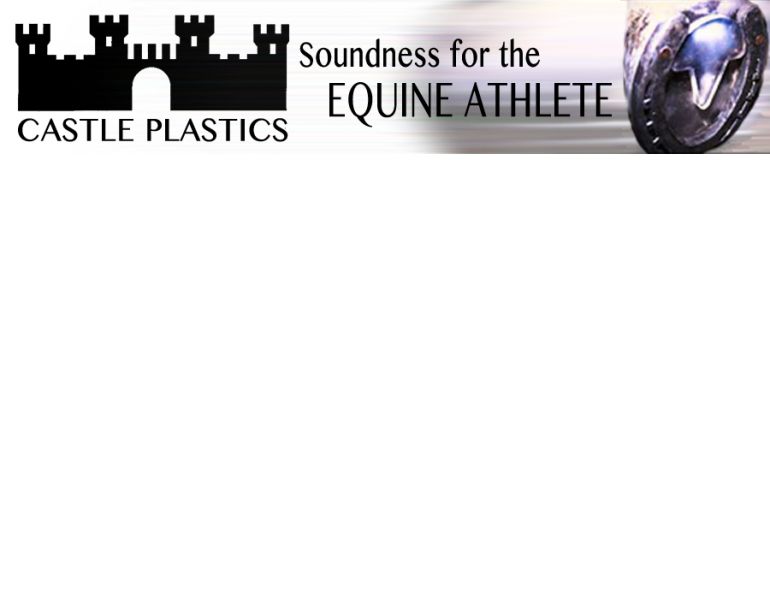By Tania Millen, BSc, MJ
“Their existence stirs our imagination. We feel their energy and their pure, unbridled spirit. To spend time with wild horses is to reach deep into your own soul and find your own freedom, whatever that may be.” — Sandy Sharkey
Sable Island Horses
Imagine a sandy island surrounded by the fierce Atlantic Ocean where waves endlessly crash on white sand beaches, dune grasses are flattened by the wind, and wild horses run free. That place exists and it’s in Canada, 160 kilometres east of Nova Scotia where approximately 500 wild horses roam free on Sable Island in a National Park Reserve.
“It feels like you’re on the moon with wild horses,” says Sandy Sharkey, a professional photographer who has been to Sable Island 16 times to photograph the island and its wild horses.
Today’s horses originated from mares and stallions that were purposefully shipped to the 49-kilometre-long crescent of sand in the 1700s. Some horses were rounded up and sold from 1801 to 1940, but in 1960, the wild horses were protected under the Canada Shipping Act. In 2013, they were subsequently protected under the Canada National Parks Act.
The island is uninhabited, although scientists, parks’ staff, and limited numbers of tourists spend time there along with the horses, over 320 bird species, and the world’s largest breeding population of grey seals.
“There are barracks that Parks Canada staff stay in but after you hike away from them, it’s just this incredible expanse of sand, horses, grassy dunes, and seabirds by the thousands,” says Sharkey.
Visitors to the island can only stay for the day — there are no overnight accommodations — and must remain 20 metres away from the horses, which are not fed or cared for in any way.
“The entire island is essentially a beach with grassy dunes in the centre of it,” says Sharkey. “I don’t know any beach that could match the pure white sand. It’s spectacular.”
Visitors are guided, hiking up and down grassy dunes then down to the shoreline and beaches.
“You smell the ocean,” says Sharkey, “and it doesn’t matter how far inland you are, you always hear the waves crashing on the shore.”
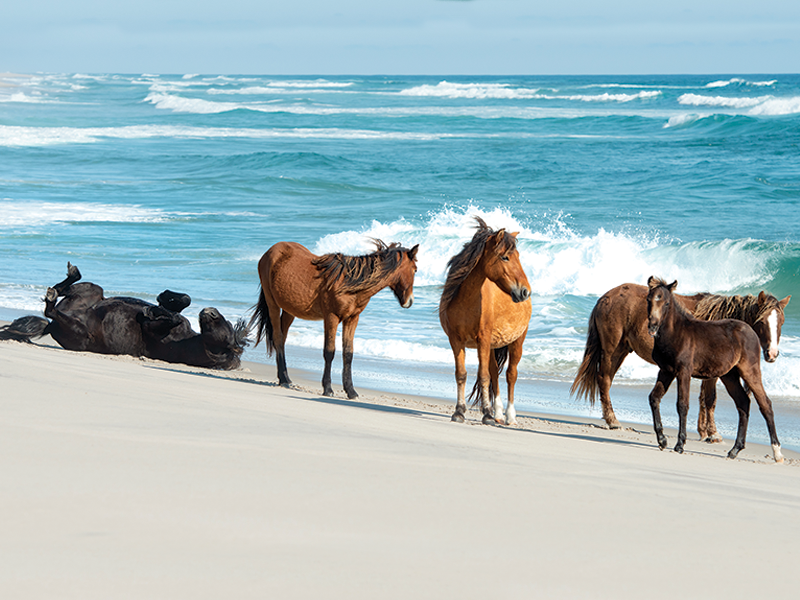

Above/below:The horses of Sable Island likely descended from horses - seized by the British from the Acadians living in the Maritime provinces known then as Acadia. During the Expulsion of the Acadians (1755 to 1764), people were deported to what is now United States and some of their livestock were transported to Sable Island. The horses survived on the tough marram grass in the sand dunes. In 1801, a life-saving station was built on the island and the horses were used to haul lifeboats and life-saving equipment to multiple shipwreck sites. Photos by Sandy Sharkey
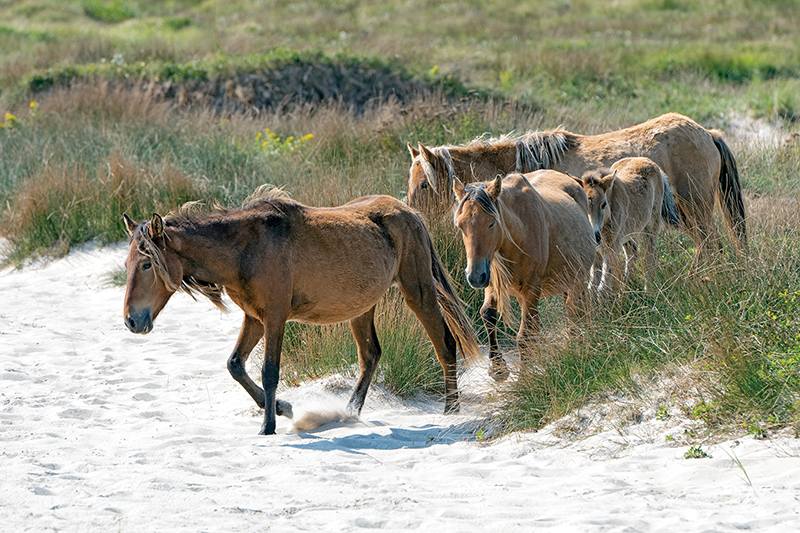
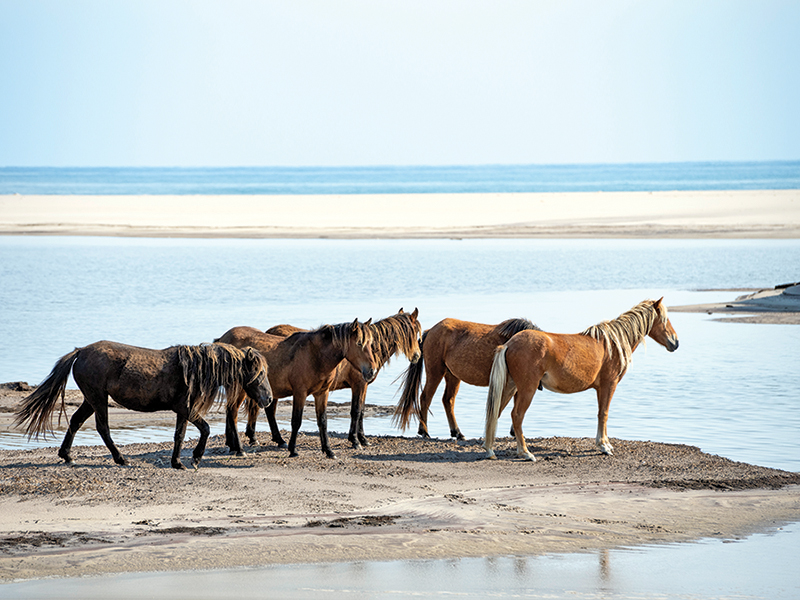
“You hear the sea birds and there’s always a beautiful breeze,” Sharkey continues. “The horses have these iconic, incredibly long tangly manes and the breezes are always lifting their manes up in the air.”
Genetic research indicates that the horses are most closely related to Nordic and Mongolian horse breeds, sharing genes with Shetland, Icelandic, Exmoor, Mongolian, Finn, and Norwegian Fjords. But due to their isolation, the horses have developed unique genetics, different from all other horse breeds. Since they had lived wild and unmanaged for over 50 years when Sable Island came under Parks Canada management in 2013, they were deemed “wildlife” and hence considered wild horses rather than feral.
“They’re fairly small in stature,” says Sharkey, who has travelled the world photographing wild horses, “only standing about 13 hands high.”
“They also have, without a doubt, the longest manes of any wild horses I’ve ever seen. Plus, Sable Island’s horses often have tails that reach the ground.”
The horses have no predators or competitors and are well-adapted to their storm-thrashed island, eating beach grass and drinking from freshwater ponds or digging for groundwater.
“The island has a small number of freshwater ponds,” says Sharkey. But bands of horses on the western and eastern tips of the island live far from those ponds, so they’ve learned to dig through the sand until they find fresh water. Plus, if the ponds freeze over in winter, they’ll dig for water.
“A lot of people feel that wintertime must be devastating for the horses when in fact the opposite is true,” says Sharkey. Temperate ocean currents from warmer southern waters flow north around the island so any snow usually melts within 24 hours.
Sharkey believes that part of the mystique of the Sable Island horses reflects their hardiness and wildness.
“In the world that we live in today, where mankind is incessantly managing every square inch of the Earth, the fact that these horses are unmanaged by mankind and have done quite fine out there, thank you very much, is a wonderful testament to their ability to survive,” says Sharkey.
“Sable Island is unique and essentially untouched by mankind,” she says. “The whole place is exceptional.”
Related: Continuous Improvement in Equine Ranching
Protected Ponies in the West
Although Sable Island is home to Canada’s best-known wild horses, they exist in three other provinces, too. Wild horses can be found in the Bronson Forest of northwest Saskatchewan; on the eastern slopes of Alberta’s Rocky Mountains; and in west-central British Columbia near Nemaiah Valley.
Like Sable Island’s wild horses, Saskatchewan’s Bronson Forest Ponies are protected. They live in meadows east of Bronson Lake, which is located about 100 kilometres northeast of Lloydminster.
Some believe they originated from domesticated horses that were set loose in the homesteading days of the 1800s; others think they’ve only been wild since the 1950s.
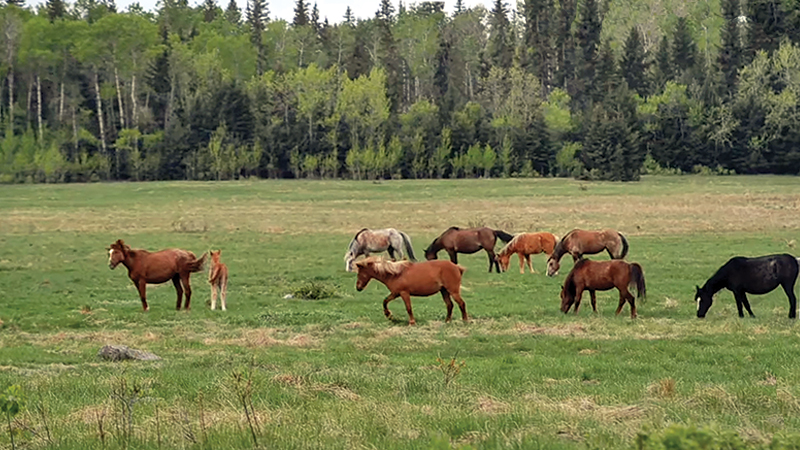
Above/below: The Bronson Forest ponies of northwest Saskatchewan are protected but not managed. There has been no genetic research to determine their origins. They are a popular sight with many locals.

To date, no genetic research has been conducted to determine their origins. However, in 2005 there were about 125 wild horses living in the Bronson Forest area. By 2009, their numbers had declined to approximately 35, partly due to hunters shooting them. At that point, Lloydminster MLA Tim McMillan introduced a private Member’s bill to the Saskatchewan Legislature to protect the horses. In November 2009, Bill 606: An Act to Protect the Wild Ponies of the Bronson Forest, passed unanimously and the horses are now protected by law.
“The horses are all colours, such as sorrel, grey, and buckskin, and weigh about 360 kilograms (800 pounds),” wrote Marilyn Hougham in an email. She and her husband, Tom, live in the Frenchman Butte area and have viewed the horses for many years.
She says in past years there have been two groups of eight to twelve horses plus mares and stallions with youngsters. They live in a meadow east of Bronson Lake in summer — a popular recreation area — then move to smaller meadows in winter for protection from the weather.
“The local people love to see the horses and will take a drive to see them,” Hougham wrote. “They’re enjoyed by anyone boating or hiking.”
But they’re not managed.
“I don’t believe there is any oversight as to the health and population of the Bronson Ponies,” advised Sergeant Beth Kelly, a Conservation Officer Supervisor in Loon Lake, by email. “The only protection they have to ensure no one harms, harasses, or takes them is the legislation.”
“It’s a disgrace the way the law is not applied,” wrote Wayne McCrory, a British Columbia-based Registered Professional Biologist who has been studying western Canada’s wild horses for over 20 years. “[The number of horses] is down to 35 which is not a viable population.”
Related: Founding the Brooke Hospital for Animals
Alberta Horses: Wild or Feral?
While Saskatchewan’s ponies are protected, Alberta’s wild horses are not. They live in the foothills of the Rocky Mountains, are considered feral by the Alberta government, and are regulated as livestock under the Stray Animals Act.
“They’re not stray animals,” says Bob Henderson, the President of the Wild Horses of Alberta Society (WHOAS) formed in 2001. “They’ve been out there for generations.”
According to the Government of Alberta, the horses are descendants of domestic horses used in logging, guiding, and outfitting operations in the early 1900s.
A 2016 genetic study conducted by Help Alberta Wildies Society (HAW) and partners found that the horses primarily descended from draft breeds. They also found connections to the Altai horse — a Russian breed from Siberia which is known for thriving in cold climates.
In 2018, Christina Tollett, a Masters’ student at the University of Saskatchewan, confirmed the dominance of draft breed genes. She found that on average, the horses are 15 percent Quarter Horse and/or Paint, 15 percent Percheron, nine percent Clydesdale, seven percent Fell pony, and seven percent Belgian. The other approximately 50 percent of their genes came Peruvian, Standardbred, Morgan, and other breeds.
In 2021, 1,314 horses were counted along the eastern slopes of the Rocky Mountains in six Equine Management Zones — Elbow, Ghost River, Sundre, Clearwater, Nordegg, and Brazeau — which coincide with the names of nearby rivers and towns. That’s down from 1,712 in 2018 but greater than the 709 horses counted in 2015. Most of the horses live in the Sundre and Ghost River areas and they’re often encountered along backroads.
The horses have been rounded up and sold for meat or as future riding animals since the 1940s. In 1994, the Alberta government created the Horse Capture Regulation to allow the public to apply for a licence to capture horses. It still exists today.
“In 2012, there were over 200 horses removed in a massive cull,” says Henderson. “WHOAS wasn’t allowed to be part of it, but we did rescue nine young horses out of it. After they removed so many horses, the population actually rebounded and became higher than it was before.”
“If their numbers go up, there are more effective ways of managing them than catching them and removing them from the landscape,” says Henderson. “We conducted a contraception program and found it can be very effective.
“The biggest opposition the horses have are the cattle leaseholders,” says Henderson. “They say the horses eat all the grass, which is totally untrue. They don’t do the environmental damage that people say they do.”
An Alberta Wilderness Association (AWA) position statement says, “The protection of feral horses in Alberta does not fit within our mandate of protecting Alberta’s wildlife and wild places.” However, the AWA also supports “efforts by our provincial government and its public advisory committee on feral horses to establish ecologically, humanely, and sustainably sound policies for management.”
Meanwhile, WHOAS’s mandate is to protect the horses and find ways to leave them on the landscape. The society also has a rescue facility west of Sundre where horses that get into trouble, such as young stallions trying to poach mares from local ranchers, can be gentled and rehomed.
“To manage the horses correctly and effectively, they need their own act and regulations,” says Henderson. HAW uses the term “Alberta Wildies.” WHOAS is promoting the term “Alberta Mountain Horses” and believes that the horses need to be protected from indiscriminate killing or capture.
Tollett seemingly agrees, writing that the horses’ may warrant protection due to their cultural value and importance to Albertans.
The 2022 Equine Global Conservation List produced by Equus Survival Trust considers Alberta Wildies to be “Study-Critical.” Horses on the list must have historical significance, be unique, have a viable breeding population in North America, plus meet additional criteria. “Study-Critical” means that additional research is needed to confirm their status and there are only 100 to 600 breeding mares producing 25 to 150 foals annually.
Research continues and the Alberta Feral Horse Advisory Committee recommenced meetings in fall 2022. Meanwhile, the Alberta government is drafting a feral horse management plan.
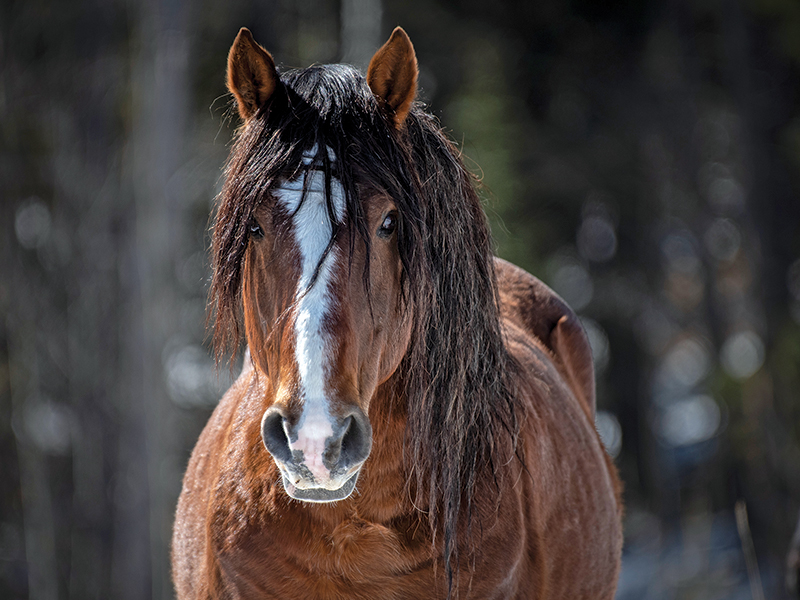

Above/below: Alberta’s wild horses are considered feral by the Government of Alberta, and not protected. Opponents of the horses claim they compete with cattle for grazing. Although it is against the law to shoot and hunt them, or capture them by snaring, a capture season can be declared allowing licensed horse trappers to remove them. Bob Henderson, President of WHOAS, believes these horses need proper management and protection and that there is a more humane and civilized way to manage them. Photos by Sandy Sharkey
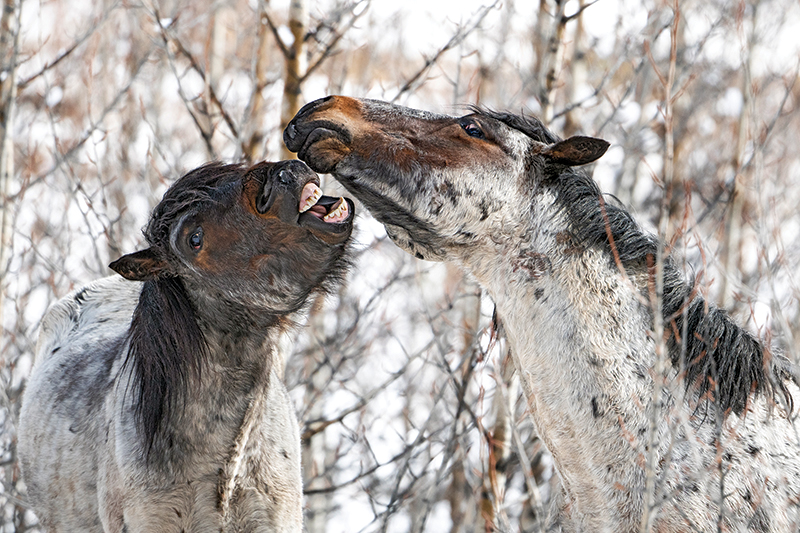

Partial Protection in BC
West of the Rocky Mountains, there are free-ranging horses in British Columbia’s central Chilcotin, southern Okanagan, interior near Kamloops, and in the Coast Mountains north of Whistler.
“There have been minimal actions taken in managing wild horses in the province,” advised the BC Ministry of Forests by email. “There’s no evidence that suggests wild horses pose a concern [to grassland wildlife].”
A 2018 survey found about 2,800 wild horses in BC’s Chilcotin. But BC’s Ministry of Forests advised that the total number of wild and feral horses in the province in unknown.
“The Tŝilhqot’in [Chilcotin] horses are the largest group of really wild horses in Canada,” says McCrory.
About 400 of those wild horses live in Elegesi Qayus Wild Horse Preserve southwest of Williams Lake in the Chilcotin and are protected.
Related: Crossing Mongolia for Charity
“The wild horse preserve is the largest in North America, but it’s not recognized by the federal or provincial governments,” says McCrory.
The Brittany Triangle is a 155,000-hectare high elevation plateau within that preserve. According to the not-for-profit society Friends of Nemaiah Valley (FONV), there were just over 100 horses living there in 2017.
“The Brittany horses are of interest because of their relatively unique DNA,” says David Williams, the president of FONV. “Their dominant DNA is the Canadian horse. Most of them are black or dark brown and have the same kind of conformation as Canadians.”
The Brittany horses are isolated from surrounding areas by the Chilko River to the west, the Taseko River to the east, and the mountains to the south. The rest of the Chilcotins’ 2,500-plus horses live beyond the Triangle and some are considered more feral than wild.
If wild horses wander beyond Tŝilhqot’in title lands, which now encompass the Wild Horse Preserve and Brittany Triangle, they’re regulated by BC’s Range Act and not protected.
“Sometimes horses are shot out on the range and left to rot,” says McCrory.
Tŝilhqot’in horses pre-date European contact. David Thompson and Simon Fraser separately observed Tŝilhqot’in people riding horses in 1807 and 1808. But First Nations, conservationists, and ranchers disagree about the horse’s history and value. In 1896, BC passed the Wild Horse Act which allowed licensees to shoot unbranded stallions running on public lands. In the early 1900s, ranchers called the wild Chilcotin horses “evil,” “a curse,” and “pests.” The horses were a convenient scapegoat when grasslands became overused and degraded. This sentiment still prevails along with what some consider outdated culturally biased land management practices.
“Wild horses (naŝlhiny) are a big part of who we are,” says Dr. Roger William, former chief of the Xeni Gwet’in (pronounced “hunee gwateen”) First Nation and plaintiff in the William Aboriginal Rights and Title case. “We used horses long before my time but they became more important as time went on.”
The Tŝilhqot’in established an Aboriginal Wilderness Preserve in the Brittany Triangle in 1989. The Xeni Gwet’in — one of six bands in the Tŝilhqot’in Nation — continue to live on their traditional territory in the Nemaiah Valley and watch over the horses. In 2002, they created the Elegesi Qayus Wild Horse Preserve. As of 2007, the Tŝilhqot’in have the right to manage the horses for their own use, which includes catching them to produce riding and working horses; however, due to the unique genetics of the Brittany horses, they’re not part of any captures.
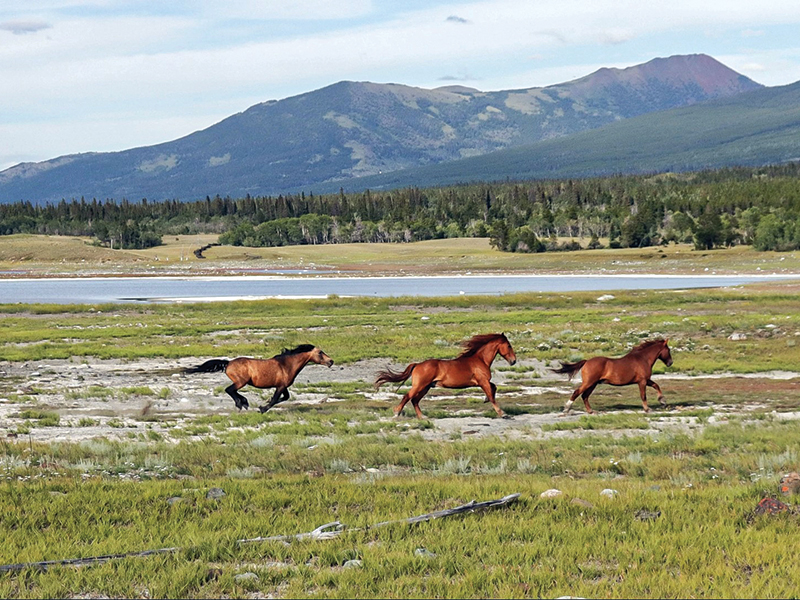
Above/below: BC’s Chilcotin is home to the largest group of wild horses in Canada. About 400 of them live in the Elegesi Qayus Wild Horse Preserve southwest of Williams Lake, and are protected. The approximately 100 horses living in the Brittany Triangle are geographically isolated from surrounding areas and their Canadian Horse-dominant DNA is relatively unique. Photos: Keith Kopke
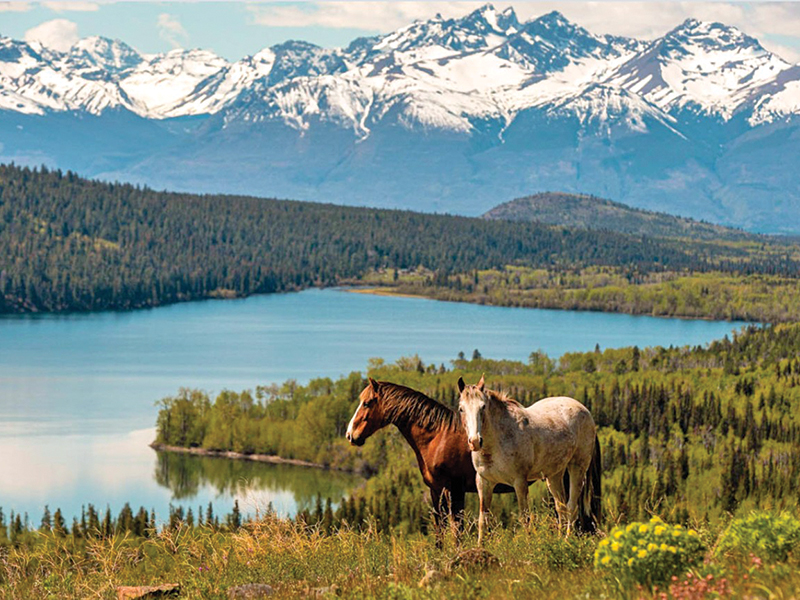
In 2014, Tŝilhqot’in Nation title for over 1,700 square kilometres of land was confirmed by the Supreme Court of Canada. Wild horses in that territory are now protected by the Tŝilhqot’in.
BC has other wild horses, too. There are over 200 horses that roam the mountains around Highland Valley Copper Mine, 50 kilometres southwest of Kamloops. Their genetic origins remain unknown. But in 2014, the mine started conducting annual horse counts and working with a committee of stakeholders to create a feral horse management plan.
A representative of Highland Valley Copper Mine advised by email that they monitor the feral horses around the mine and the mine is part of a Feral Horse Management Committee along with the Nlaka’pamux Nations and provincial government. However, Cardell Dumais, a Range Officer with BC Ministry of Forests in Kamloops, advised that his office wasn’t involved with the committee.
The wildness of other horses roaming free in BC, is questionable. Seemingly wild horses in the Okanagan are reportedly owned by First Nations’ families from the Osoyoos, Penticton, and Lower Similkameen Indian Reserves. First Nations, the Regional District of Okanagan-Similkameen, and provincial biologists work together to address ecosystem impacts, management, driver safety, and potential property damage related to these horses.
Horses also free-range east of Pemberton in the Coast Mountains and are reportedly owned by Lil‘wat First Nation members.
Outfitters in northern BC historically left their horses to free-range on Crown land over winter. Remnant horses still reportedly run wild in the mountains.
Related: The Horse from Palouse River
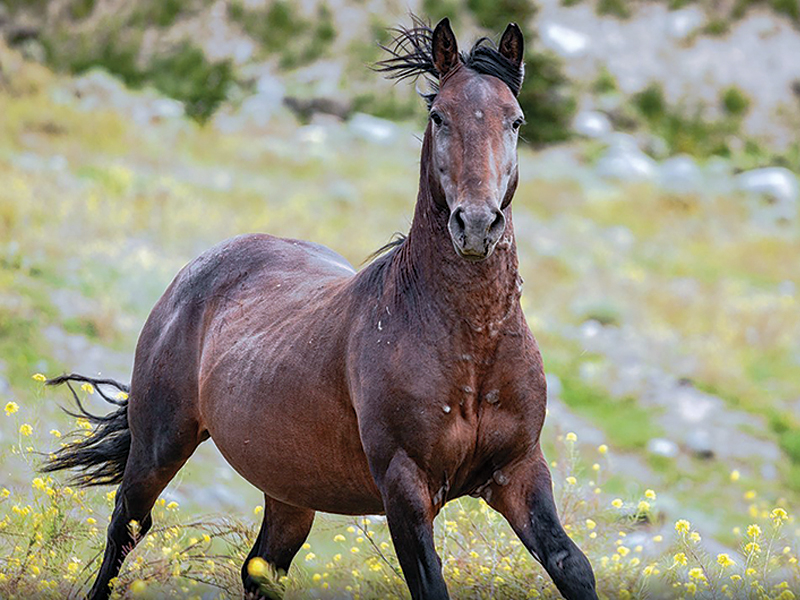
Above/below: More than 200 feral horses of unknown origin roam around the Highland Valley Copper Mine southwest of Kamloops, BC. Photos: Scott Oliver

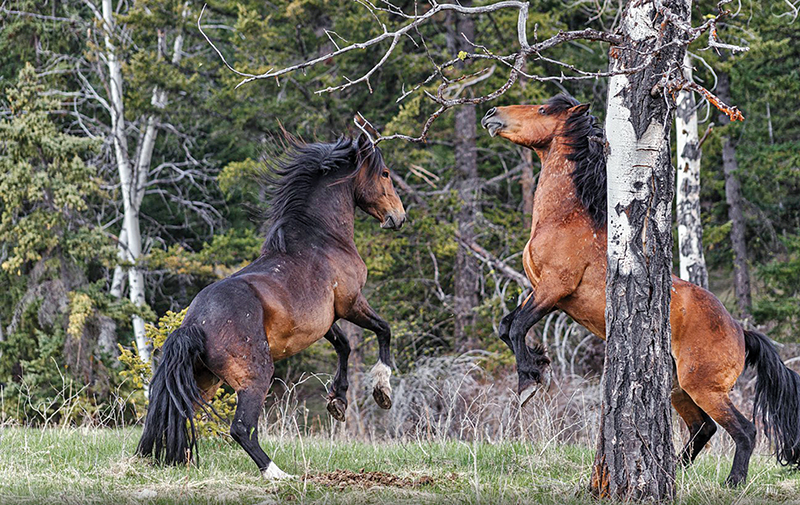
An Uncertain Future
Wild horses in Canada have their own unique history and genetics, but only the Sable Island horses and Bronson Forest ponies are protected. Some of BC horses have minimal protection; Alberta wild horses do not. But in his upcoming book about Canada’s wild horses, McCrory says that protection is needed and writes, “recent genetics research has concluded that the now-extinct Yukon horse and today’s horse are the same species: Equus ferus caballus. This significantly strengthens the case that the North American wild horse of today is a returned native species reintroduced by Europeans … and not an introduced alien species.” He also argues that genetic research has linked the horses to Canadian and Yakut/East Russian horses, hence the horses are unique.
BC and Alberta’s horses are also fully integrated into the natural predator-prey ecosystems where they live, which means young, old, and sick horses are killed by bears, cougar, and wolves. Western Canada’s wild horses are also highly connected with First Nations’ people. Indigenous groups have centuries-long horse cultures, and several bands are now utilizing horse activities for cultural revitalization.
Wild horses, and the freedom they symbolize, enthrall many and some still roam free in Canada. But without protection, they may not be here forever.
Here’s How to View Wild Horses in Canada
Sable Island National Park Reserve is accessible from May to October by air or sea. Parks Canada approval is required for groups; individuals must reserve seats on an approved aircraft or group tour. A one-day guided tour including a fixed-wing flight to and from Halifax, Nova Scotia costs approximately $2,500 per person. A one-day helicopter flight and one-day tour costs about $3,500 per person. A multi-day expedition by ship costs about $6,500. All trips are in high demand and generally book up a year in advance.
In summertime, Saskatchewan’s Bronson Forest ponies live in the meadows east of Bronson Lake, about 100 kilometres northeast of Lloydminster, Saskatchewan. They’re very wary, so plan to keep your distance.
Alberta’s mountain horses are often found along roadways in the Rocky Mountain foothills west of Sundre. Contact Wild Horses of Alberta Society or Help Alberta Wildies Society for assistance locating them.
The wild horses in BC’s Chilcotin primarily live on Xeni Gwet’in First Nation territory, which is now recognized as Aboriginal Title Land and is being transitioned to Tŝilhqot’in Nation management. The Xeni Gwet’in welcome visitors but request that guides are booked through the Xeni Gwet’in in Nemaiah Valley for non-motorized access to the backcountry. Alternatively, contact Friends of Nemaiah Valley for more information about the Brittany Triangle horses.
To find horses around BC’s Highland Valley Copper Mine, drive Highland Valley Road (97C) between Logan Lake and Ashcroft. Alternatively, take a walk on Logan Lake Recreational Trails.
Related: Obijwe Spirit Horses
Related: Good Deeds - Feeding Wild Horses
Main Photo: Sandy Sharkey



